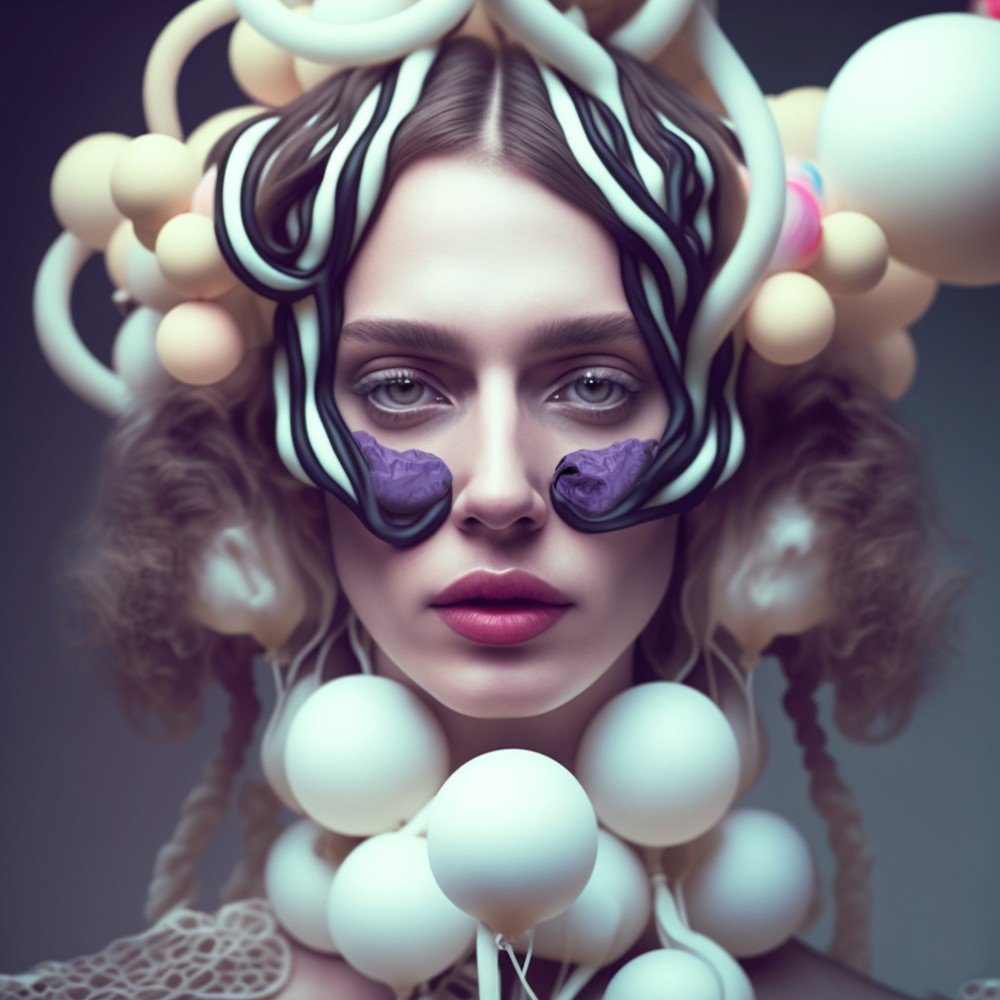Agents of Change: What AI-Generated Art Means for Human Creativity
AI is a powerful tool for creating imagery for concept creation in the field of communication arts. Its ability to provide perspective on an image through descriptive language and its ability to improve communication between clients and designers make it an asset for any campaign. At UTÖKA, we started using AI to expand our clients' image visualization and have seen tremendous success. Using AI combined with traditional image creation tools can elevate a campaign and make it stand out.
One of the key advantages of using AI is its ability to bring an image to life through descriptive language. This is achieved by providing detailed information about the image, such as the colors, textures, and composition, as well as describing the emotions and feelings that the image evokes. Ultimately, this creates a deeper connection with the audience and makes the idea more impactful and memorable. Another advantage of using AI is its ability to improve communication between clients and designers. By providing detailed descriptions of the desired image, clients can better communicate their vision and goals for a campaign. At the same time, designers can use the information to create a more accurate and compelling image. This can lead to more successful campaigns and happier clients.
Balloon Party Hat Fashion
The History of AI-Generated Art
Digital art has come a long way since its inception in the late 1980s. Professional artists like me worked on specialized tools such as the Paintbox and Shima Seiki compositing computers. As technology progressed, new programs emerged, including 3D, pixel-based, and vector art. I can attest to having tried them all.
These early days of creating digital art were exhilarating, and the skills required to use these tools effectively were not widely available. It was empowering to create something that others looked upon as magic. However, as digital art has become more mainstream, that sense of exclusivity has diminished. As Adobe became prominent in the field, we transitioned from the paint boxes to a more mainstream toolset. But just as the area settled, a new technology emerged: AI art generation. This new toolset reignited my excitement for the future of digital art in a way that I hadn't felt since the mid-80s when I first got my hands on a TARGA board and could work with millions of colors while others were still limited to 256.
The Next Big Thing in Stock Media
One of the most significant changes that AI art can bring about is the creation of stock imagery. AI art can generate vast images that can be used for commercial purposes, such as advertising or product design. This is particularly useful for businesses and organizations that need many images for their marketing campaigns.
But AI art is not just about creating stock imagery. It also can allow artists to create truly original works of art, unlike anything that has been seen before. With AI art, it is possible to bring to life the most imaginative and unique ideas, making it possible to recreate images from dreams, or other abstract concepts, which would have been impossible to create without AI. This is because the same constraints as conventional digital art do not limit the same constraints as traditional digital art. AI algorithms can be trained to generate an infinite number of variations, so it is possible to explore new art forms that were never imaginable before forms of art that were never before imaginable.
Powder Bust
The possibilities with AI art are endless, and I am eager to see where this technology takes the field. I plan to continue diving in and exploring the capabilities of AI art, just as I did with the transition from the paint box to Adobe. The industry is constantly evolving, and as an artist, I am excited to be a part of it, swimming in the digital art sea. The future of digital imagery is set to be transformed by AI art. It can revolutionize digital artists' work, allowing them to create stock imagery and truly original works of art. We can look forward to seeing some truly incredible creations in the future.


